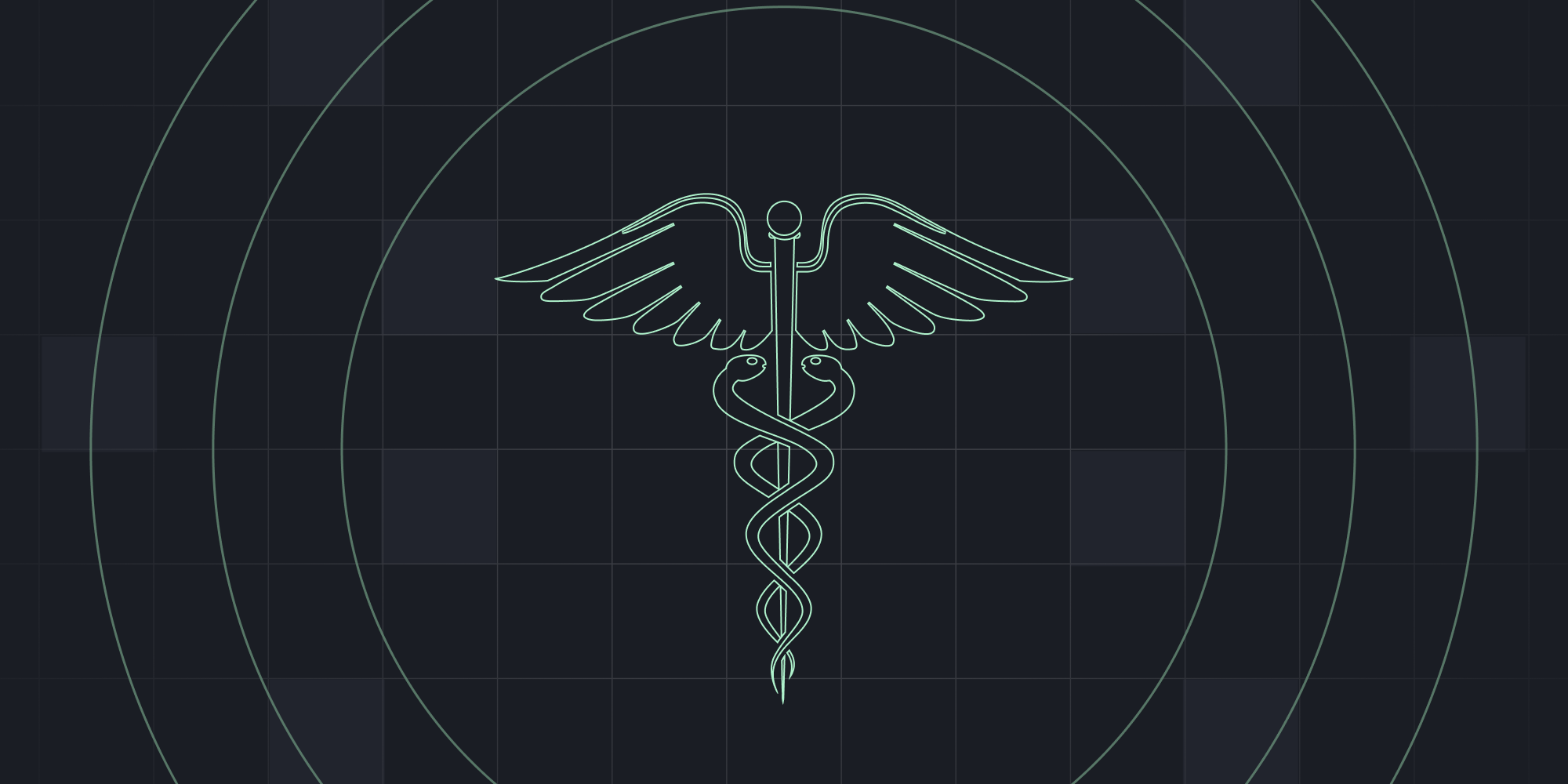HIPAA's New Rules: Security-by-Design Increases in Importance

HIPAA is raising the bar with new cybersecurity rules to protect electronic health information (ePHI). These updates aim to tackle breaches and compliance gaps head-on. For healthcare organizations building software systems, it’s a wake-up call: security needs to start at the design phase.
What’s New?
The proposed HIPAA updates bring significant changes, including:
"Addressable" vs "Required" distinction - The new rules make all security standards mandatory, ensuring that essential protections are implemented consistently across regulated entities
Comprehensive Risk Assessments - Software organizations must inventory their technology assets and map how ePHI flows through systems, offering full visibility into vulnerabilities. These assessments should be conducted regularly, with frequency based on the organization's risk environment, operational changes, and evolving threats. This ensures continuous alignment with compliance and risk management
Mandatory Encryption - Encryption for ePHI is now a baseline requirement, ensuring sensitive health information remains protected in transit and at rest. Software-enabled solutions must include encryption protocols by default to safeguard data, even during potential breaches or unauthorized access attempts
Robust Audit Trails - HIPAA now prioritizes detailed monitoring and logging of ePHI access. Software systems need transparent tracking to identify who accessed data, when, and why. This simplifies regulatory reporting and strengthens accountability
Scalability and Flexibility - The rules remain technology-neutral, enabling software organizations of any size to implement solutions that balance security and operational efficiency. Whether a startup or enterprise, scalable options are critical to staying compliant
The message is clear: retrofitting security won’t suffice. To remain HIPAA-compliant, software systems must integrate security at every stage, starting from design.
Why Security-by-Design Matters
For software organizations building HIPAA-compliant systems, integrating security at the design phase is essential. Here’s why:
Early Risk Mitigation - Design-stage security uncovers risks before they escalate into costly vulnerabilities. This aligns with HIPAA’s proactive focus on risk management and ensures workflows remain seamless
Streamlined Compliance - Embedding security early ensures systems meet HIPAA’s requirements, such as audit trails, encryption, and risk assessments. This reduces the complexity of audits and guarantees long-term compliance
Accelerated Development - Addressing security from the start avoids delays and costly rework, enabling faster releases without compromising quality. HIPAA highlights proactive measures to prevent deployment vulnerabilities
Resilience Against Threats - Healthcare software is a prime cyberattack target. Design-stage security mitigates risks like unauthorized access and breaches, aligning with HIPAA’s call for adaptable systems to combat evolving threats
How Prime Security Fits the Bill
Prime Security helps software-enabled organizations integrate regulatory frameworks like HIPAA directly into their PDLC:
- Continuous Risk Monitoring: Scans planned development work to flag potential HIPAA-related risks, such as gaps in data encryption or insufficient audit trails
- Proactive Mitigation: Provides actionable mitigation plans tailored to address identified risks before development progresses
- Seamless Integration: Embeds compliance and security recommendations directly into developer workflows for easy adoption
- Regulatory Alignment: Simplifies adherence to HIPAA’s requirements for encryption, risk assessments, and ePHI access logging
With Prime, integrating HIPAA compliance into the SDLC becomes seamless, reducing risks and building trust.
The Bigger Picture
HIPAA’s updates are a turning point for healthcare cybersecurity. Organizations adopting security-by-design will:
- Protect patient data efficiently
- Build trust with users and regulators
- Innovate without compromising safety
The future of HIPAA compliance isn’t reactive, it’s preventative. Prime Security is here to help software organizations lead the way.

.png)

.png)
.png)